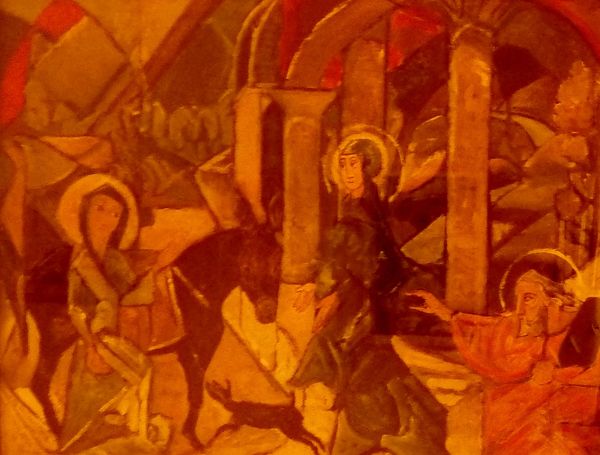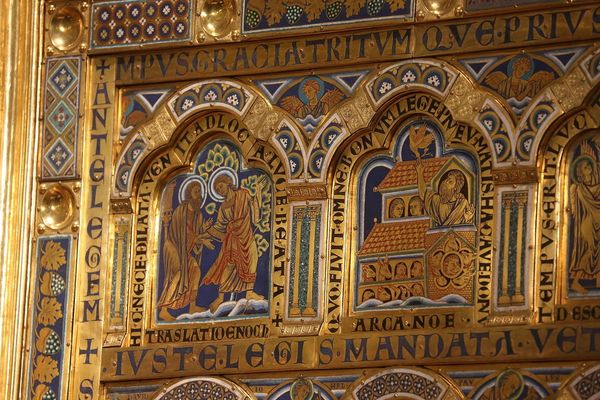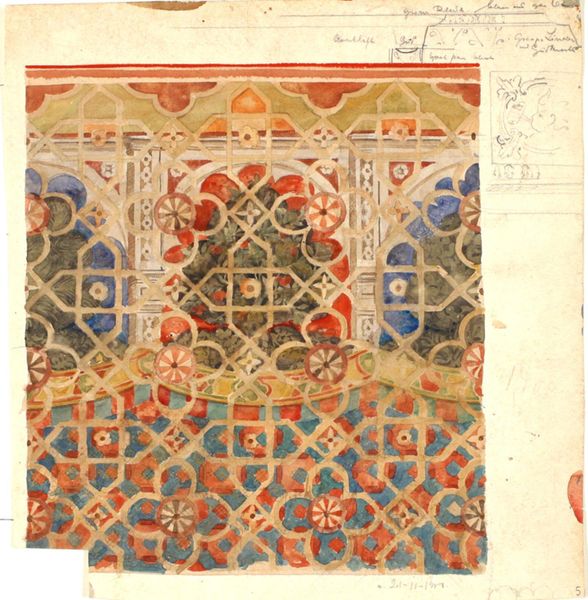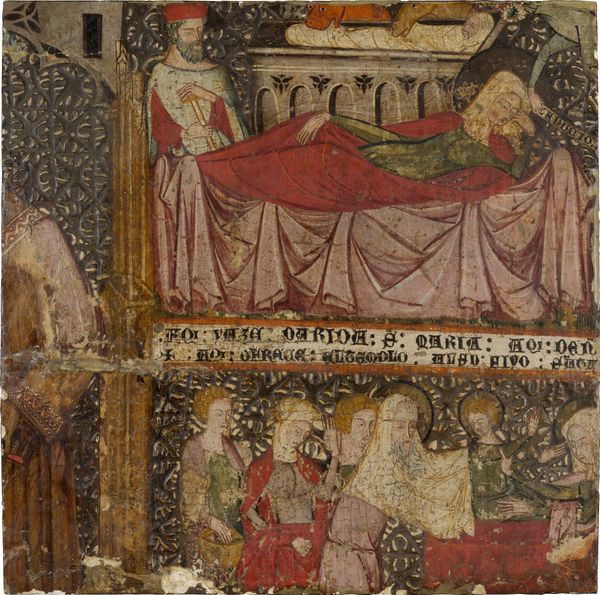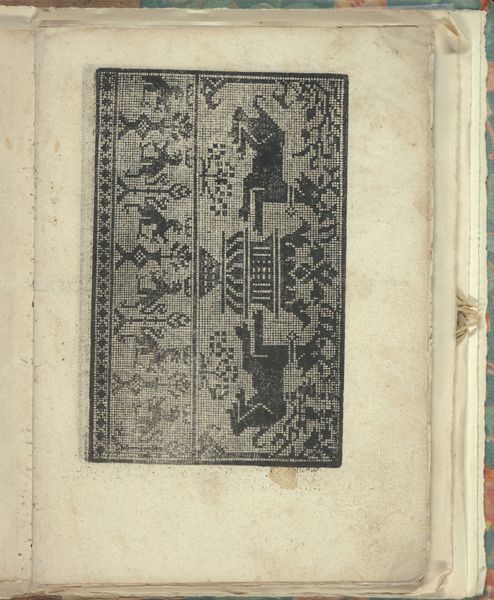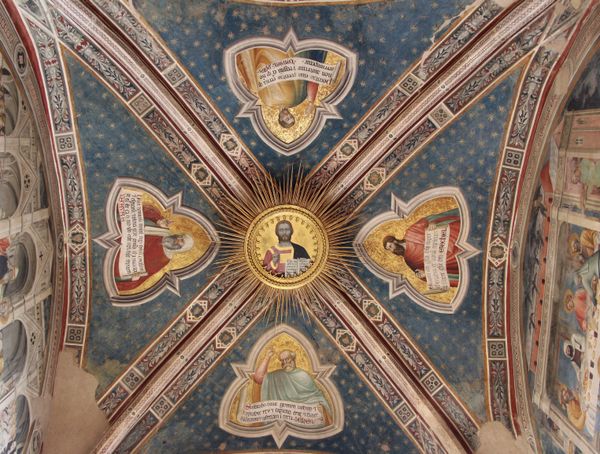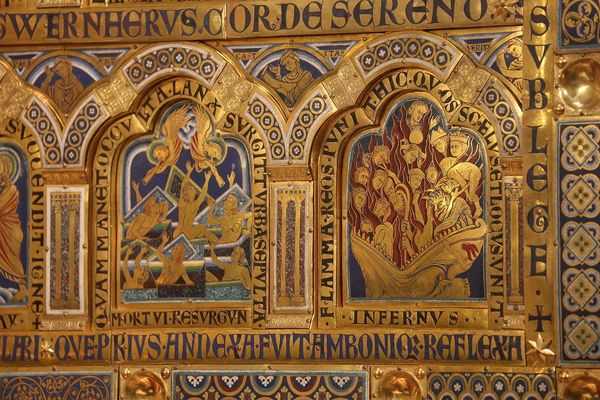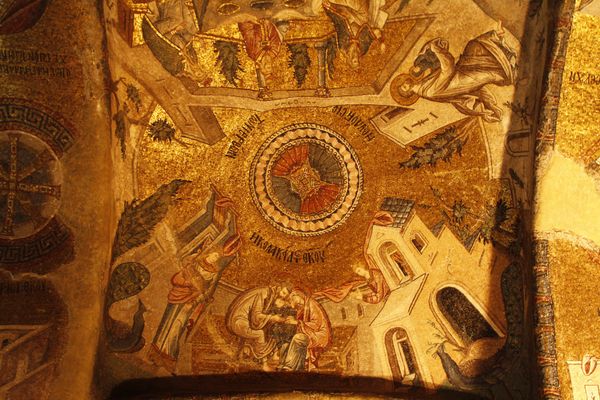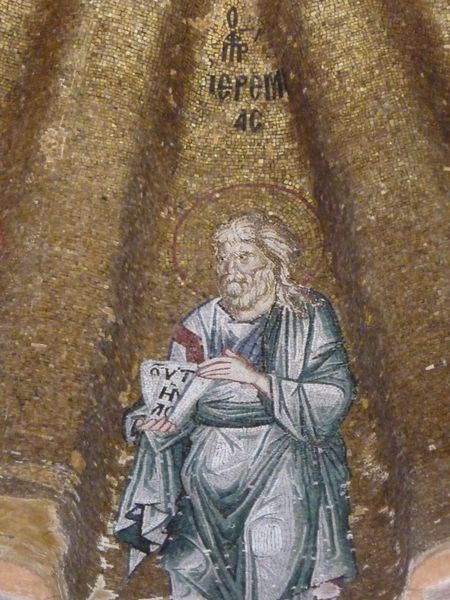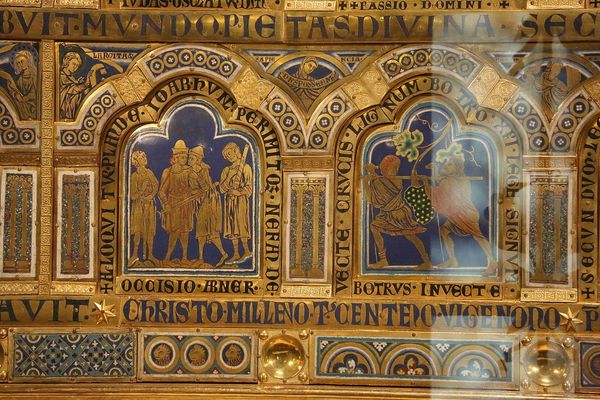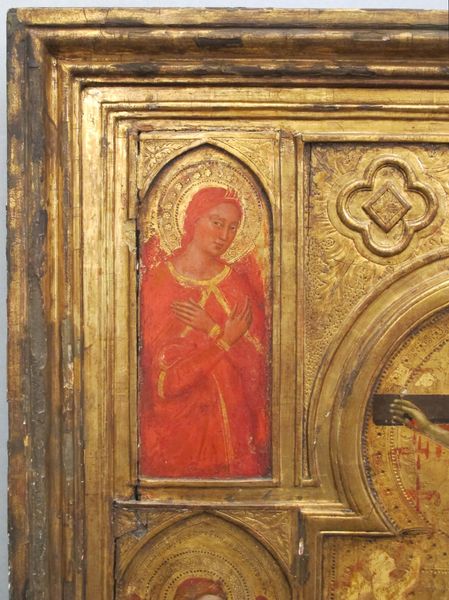
Martyrdom of St. Lawrence (detail) 425
0:00
0:00
byzantinemosaics
Mausoleum of Galla Placidia, Ravenna, Italy
mosaic
#
mosaic
#
byzantine-art
#
figuration
#
tile art
Copyright: Public domain
This glittering mosaic was crafted by Byzantine artists in Ravenna, Italy, likely in the 5th century. It's a detail from the "Martyrdom of St. Lawrence" in the Mausoleum of Galla Placidia. Here, we see a cabinet holding the four Gospels. In early Christian art, books are powerful symbols of knowledge and divine authority, referencing both the Old and New Testaments. This period saw the formalization of the biblical canon, so representing the books in this way would have been highly significant. Ravenna, as a key political and religious center, became a melting pot of Roman and Byzantine cultures. The commission of such a lavish mausoleum underscores the power and wealth of Galla Placidia, a Roman Empress. The work doesn't directly critique social norms, but it reinforces the importance of Christian doctrine. Understanding this mosaic requires considering the social history of early Christianity and its artistic traditions. Researching the political context of Ravenna, the lives of figures like Galla Placidia, and the development of early Christian iconography all shed light on the rich meaning embedded in this artwork. Art, in this sense, is always contingent on its social and institutional context.
Comments
No comments
Be the first to comment and join the conversation on the ultimate creative platform.

